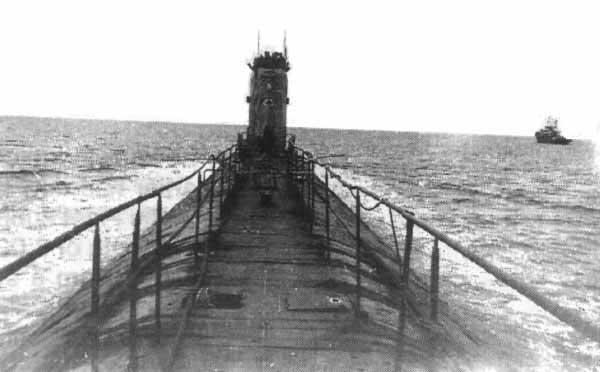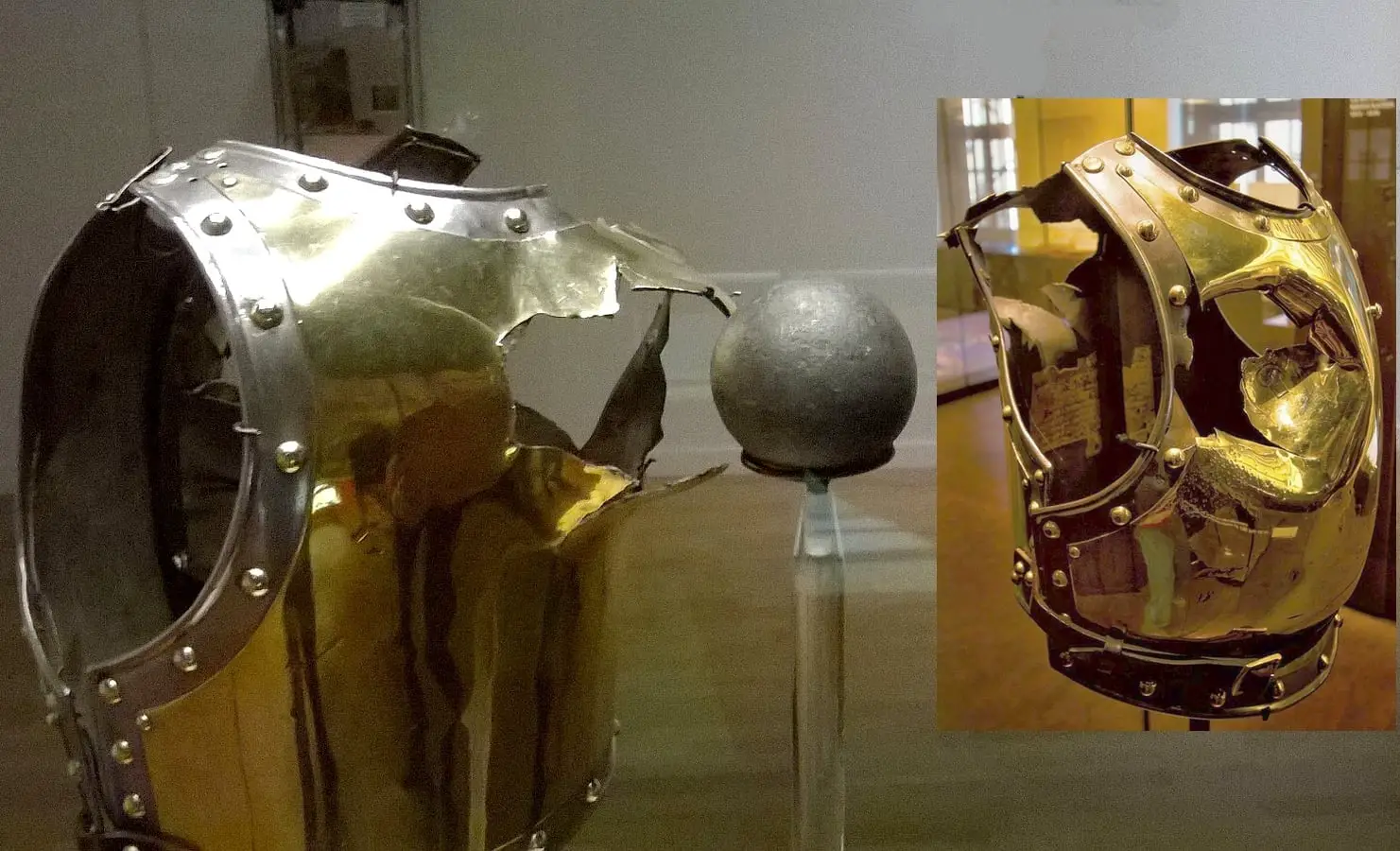One of the world’s busiest fishing grounds looks serene and very cold on the ocean’s surface. But beneath that calm exterior lies the potential for a terrible nuclear accident on the scale of Chernobyl, according to several authorities in countries that have studied the situation, including Norway and Britain.
Two nuclear submarines, along with many objects from those ships and nuclear storage pools, are at risk of leaking toxic isotopes into the surrounding waters.
Contents
They are leftovers of the Soviet era, when Russia and America engaged in cold war strategies that included filling the seas with countless submarines that tracked their opponent’s movements and were used as an on going nuclear threat to both the East and the West.

K-159
Russia wanted this announcement made before the country hosts the Arctic Council, in order to advance its reputation as a primary caretaker of the environment in the Arctic. This saga has been going on for over two decades. The Northern Fleet of the Soviet Navy, like all arms of the Soviet military was badly maintained and funded,
The subs are in the Barents Sea, north of Murmansk, a thriving fisheries community that would be seriously imperilled were something to happen that disturbed the sleeping giants before they can be retrieved. They are the K-27 and the K-159.
First to be rescued is the K-159, which sank almost 20 years ago as it tried to retrieve another nuclear sub resting on the seabed. Studies show that, for the moment, the sub isn’t leaking, but that could change before its retrieval by 2030. The clock is ticking.
Recovery
There are several problems inherent to the K-159 retrieval operation, and truly innovative marine engineering solutions will have to be developed to address them. The depth the sub rests at is deeper than most ships that are salvaged. Then you have to add into the plan that it has nuclear reactors inside of its hull. This is not going to be a straight forward salvage operation.
And experts cannot predict how heavy the vessel might be, as they won’t know how much silt has collected and trapped it on the sea floor until they are almost face to face with it, so to speak.
Marine engineers suggest that an entirely new kind of salvage ship must be constructed for this purpose, one that can handle virtually any weight and depth and temperature the sub and its environs present. Ironically, it sounds very familiar to Project Azorian whereby the CIA attempted to snatch from the seabed another Soviet submarine that had floundered.

Tragedy of K-27
The Soviet Navy scuttled the nuclear-powered K-27 submarine in 50 metres of water off the coast of Novaya Zelmya. Within the hulk is reported to be 90kg (198lbs) of uranium-235.
In 1968 K-27 went to sea on a two month tour, the Cold War as all about flexing the nations muscles and showcasing your latest technology to watching world.
Three days into the tour, one of its two reactors leaked radiation into several compartments and poisoned the crew members.
The captain of K-27, Capt Pavel Leonov defied orders from the Kremlin to shut down the engines and wait for help from the navy.
Capt Leonov knew that every second counts in a disaster and the fate of the 144 crew were in his hands.
Died
Nine of the K-27’s crew died soon after the accident and many of the crew would later fall victims of radiation poisoning and the inevitable illness that would follow.
It was in 1979 that the Soviet navy gave up try to repair the K-27’s reactors and it was decided to decommission her.
Too toxic to scrap properly, the Soviet Navy scuttled her in September 6 1981 in just 50 metres (164 feet) of water in Kara Sea. This caused global outrage as the requirements of the International Atomic Energy Agency is that nuclear-powered submarines and any such powered ships can only be scuttled in water at a depth of least 3000 mtrs (9800 feet).
The Soviets had a reputation of not caring what legacy they would leave behind and had no care about the long-term impact their actions would have on the world and the environment.
Because they neglected the recommendations of the International Atomic Energy Agency and scuttled K-27 in such shallow waters the bow smashed into the seabed. With its stern still on the surface they had to ram it.
It was filled with asphalt and concrete to seal off the reactors before it sank. The shelf life of this measure was said to be 50 years. It is less than 10 years away before it starts to contaminate the seas.
Urgency
One factor of this is agreed upon by all: this is a retrieval that must take place sooner rather than later, or it will threaten the waters, the wildlife and the people in the Arctic immeasurably, and for years to come. The subs will leak, experts agree; it is only a matter of when. And that is a risk no country is willing to take.
It seems like folly, today, that Russia and the United States once filled the oceans with such dangerous and potentially toxic vessels.
But during the cold war, both nations were determined that, should they be victims of a first strike in an act of war, they would be able to respond by attacking the aggressor’s coastline. Now, experts and government officials on both sides recognize that these deadly weapons must be hauled from the sea floor before they can do lethal damage to their surroundings.
Fukushima
And that damage would not simply be to living creatures of all varieties in the immediate area. Should the reactor on board be damaged or otherwise disturbed and leak isotopes, the damage will have far flung economic consequences as well.
Experts liken the potential economic consequences to those that followed the Japanese nuclear power plant accident at Fukushima in 2011. Though it happened a decade ago, roughly 20 countries continue to ban Japanese seafood, because the fish contain such high levels of radiation.
For the relatives of the men who went down on the K-159, however, the retrieval represents even more than environmental safety on a massive and lasting scale.
If you like this article, then please follow us on Facebook, Instagram
Another Article From Us: Bf 109 Recovered from Lake in the 80s
It represents the opportunity to bury their family members close by, in graves where they can be honoured. In that respect, this rescue operation means much more to them than simply ensuring a safe food supply from the fishing industry that depends on the waters of the Barents Sea.





